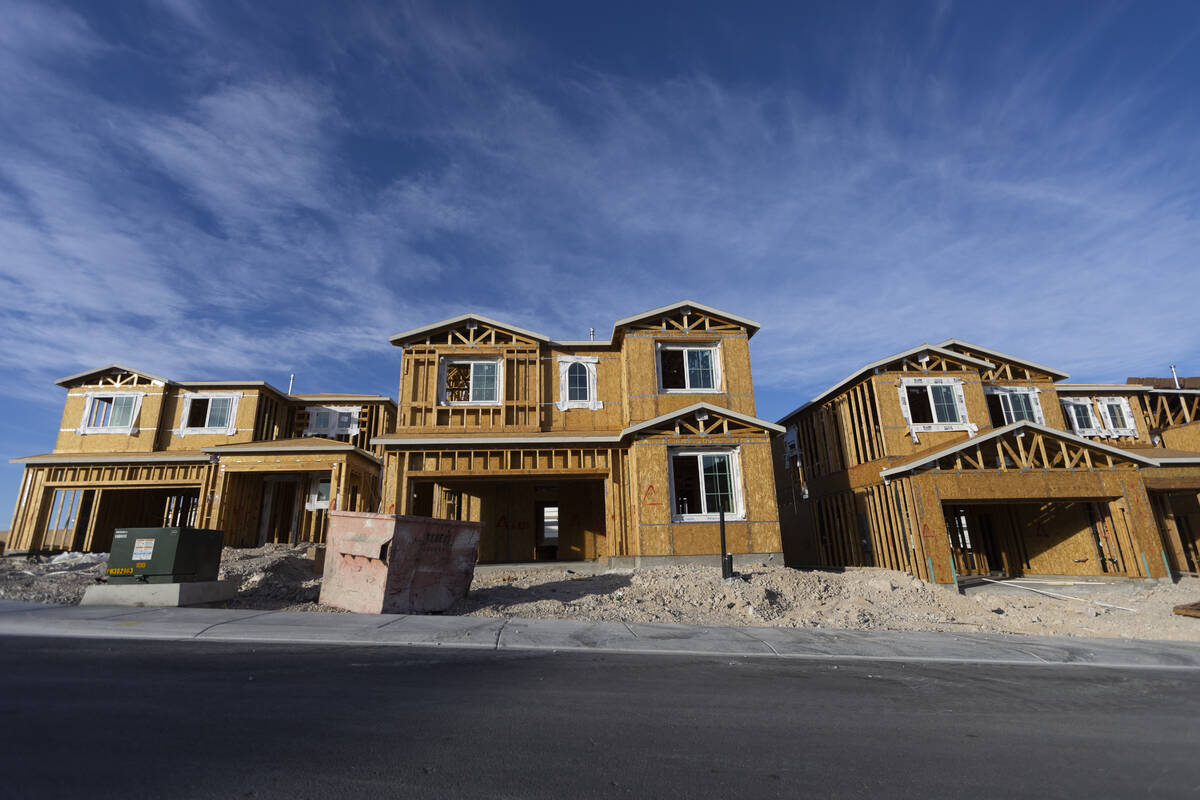COMMENTARY: Lawmakers look in wrong places to lower housing costs
It might be the most significant public policy challenge in the United States with the most straightforward answer.
Polling shows Americans rank through-the-roof housing costs as a top concern in this year’s election, second only to inflation. And while lawmakers have come up with increasingly radical ideas for tackling the problem, it all comes down to Economics 101. To lower housing costs, we need to build more housing.
The housing math in the United States hasn’t increased for more than a decade. Since 2012, the United States has experienced a steadily growing gap between new households seeking a place to live and a stagnant number of homes built. Last year, Americans formed 1.9 million households, while construction started on fewer than 1 million houses. All told, the U.S. housing market is now short 6.5 million homes.
Lawmakers, meanwhile, have offered answers to the housing crisis in almost every area except construction. They’ve blamed it on short-term rentals, algorithms and Wall Street. They’ve raged against landlords and immigrants. For elected officials, it’s easy to scapegoat anyone but the legislators who enacted restrictive housing policies.
Their anything-but-new-housing solutions have largely failed. In New York City, after policymakers began enforcing extreme restrictions on short-term rentals last September, housing prices went nowhere. Since then, median prices per square foot in New York City have remained flat.
Now, compare that with metropolitan areas that did not begin enforcement of far-reaching short-term rental restrictions. In Dallas, home prices since September have fallen. In D.C., housing prices are down nearly 2 percent over the period. And in Los Angeles, home prices have remained flat.
Economic research further demonstrates the limited — and even harmful — effect of short-term rental restrictions on housing prices. In a recent article for Harvard Business Review, economists from Wharton, Harvard Business School and Boston University noted how short-term rental restrictions have a minimal effect on home prices and how they can have a positive effect on local tourist economies.
But despite all the evidence showing that short-term rental bans can backfire, lawmakers have continued to pursue restrictions on Airbnb and Vrbo as a silver bullet to solve the housing crisis.
Recently, the Hawaii Legislature enacted a bill allowing counties to ban short-term rentals despite warnings from Hawaii Realtors that the legislation would make it harder to build and eliminate a path for local homeowners to offset their mortgage payments with room rentals.
Short-term rental bans aren’t effective in combating housing costs partly because the fraction of housing stock used for seasonal or recreational use is so small. Most hosts on platforms such as Airbnb rent just one home.
In Hawaii, the share of the housing stock that is vacation rentals has not changed in the past decade. Meanwhile, home prices there spiked 55 percent between 2014 and 2023. The data strongly suggest that growth in short-term rentals is a result of seasonal homes shifting to short-term rental platforms. At the same time, housing prices have spiked due to limited construction.
Housing in Austin, Texas, provides a counter-example. There, strong home construction has resulted in decreased prices. No tricks, no gimmicks, no algorithm bans. The city briefly had a short-term rental ban, but that was struck down by the courts. The real reason behind lower home prices in Austin is that the city issued more than 30,000 homebuilding permits in 2023, giving Austin one of the highest rates of new construction per existing units in the country. As a result, home prices have fallen 11 percent since 2022.
It’s no secret how to emulate Austin’s success. To lower housing prices, we need to fuel the housing supply. Regulators can do that by making it easier to build. That means removing red tape like single-family zoning, setback and height restrictions, and parking minimums.
While it’s tempting for candidates to point fingers in an election year, voters deserve genuine solutions regarding the housing crisis that will measurably lower costs. And that means addressing the growing divide between families looking for a house and new houses under construction. Changing an algorithm won’t solve that; going after the finance industry won’t solve that; but taking hard steps to increase the housing supply could finally put the United States on track to address its housing gap.
Adam Kovacevich is a tech policy strategist in Washington. He wrote this for InsideSources.com.






















